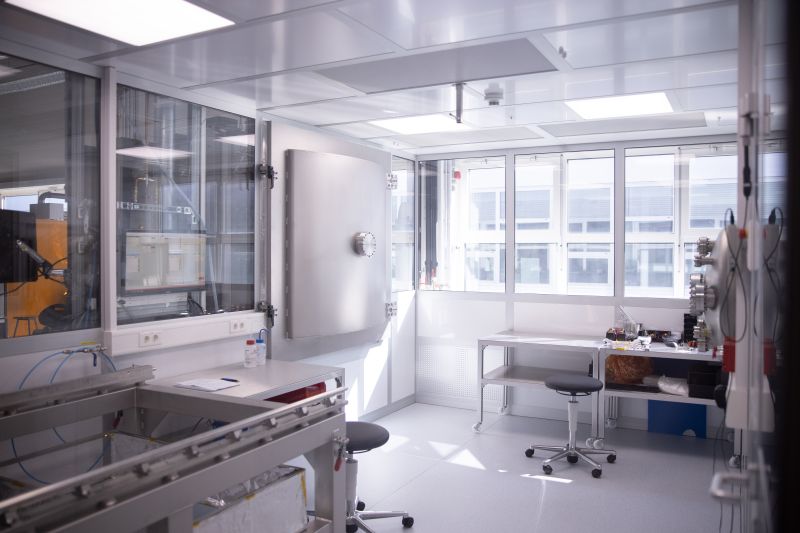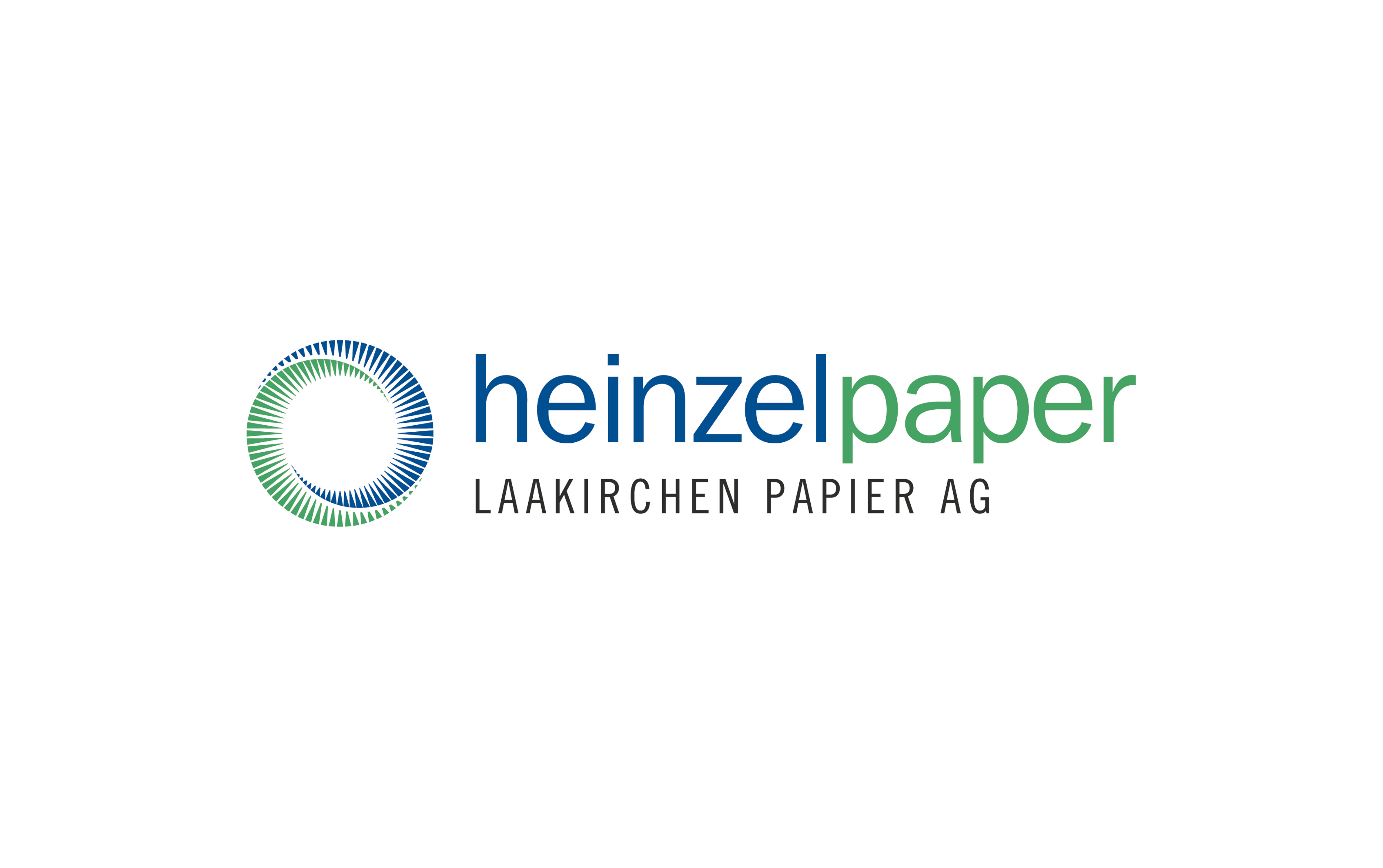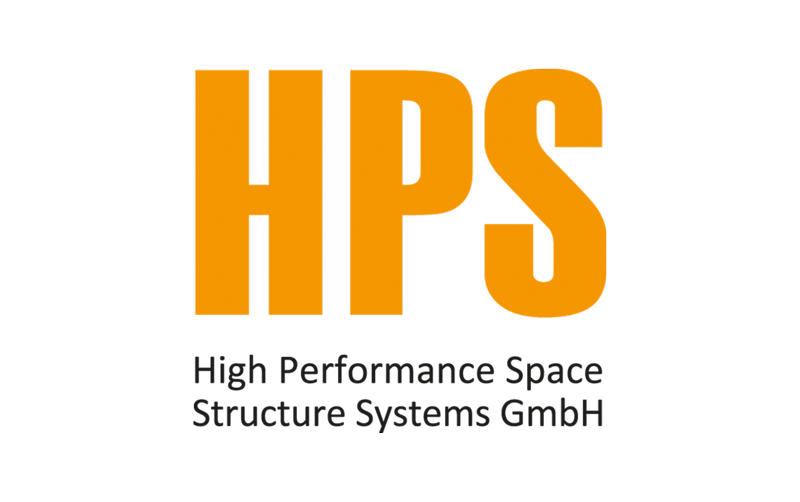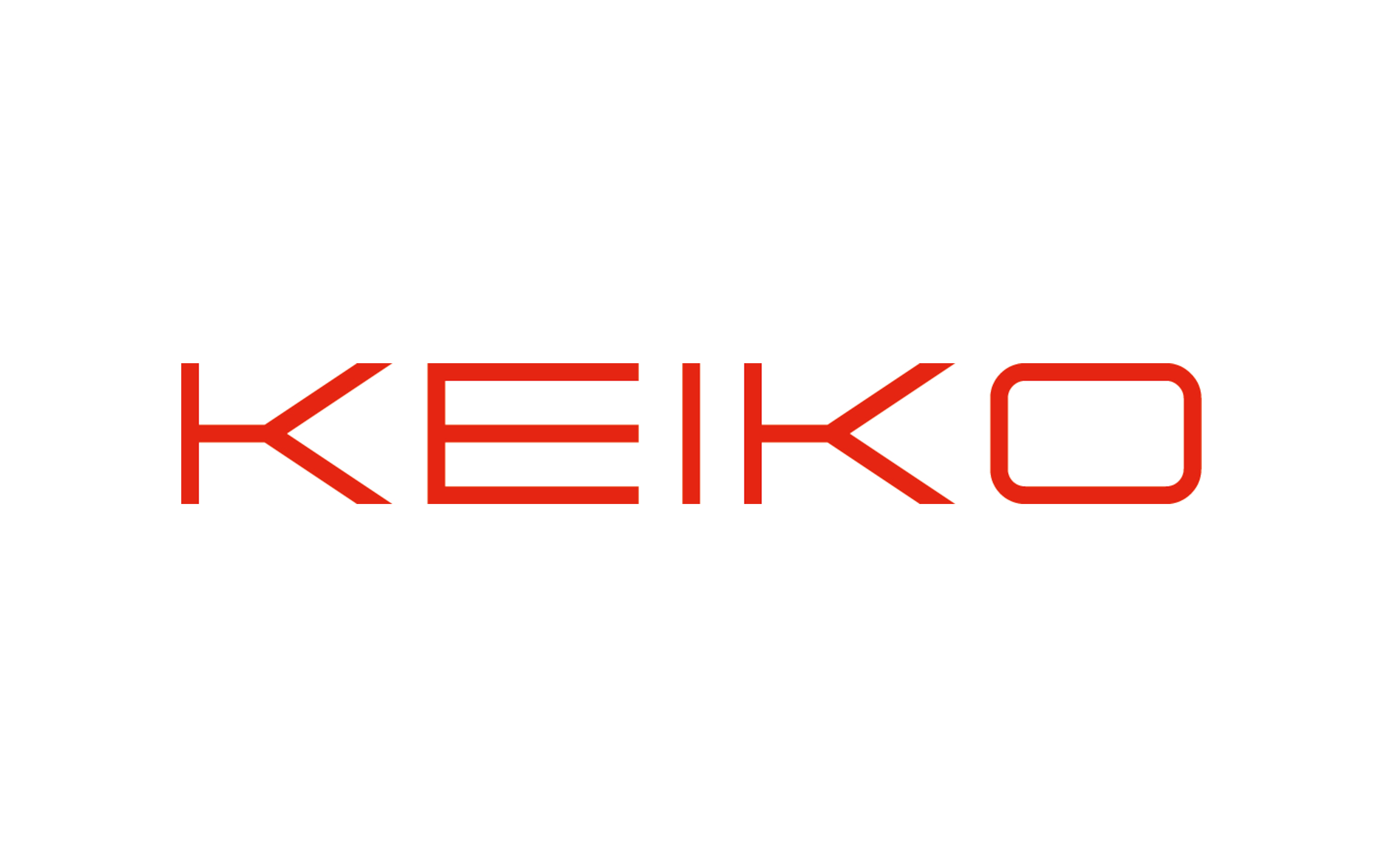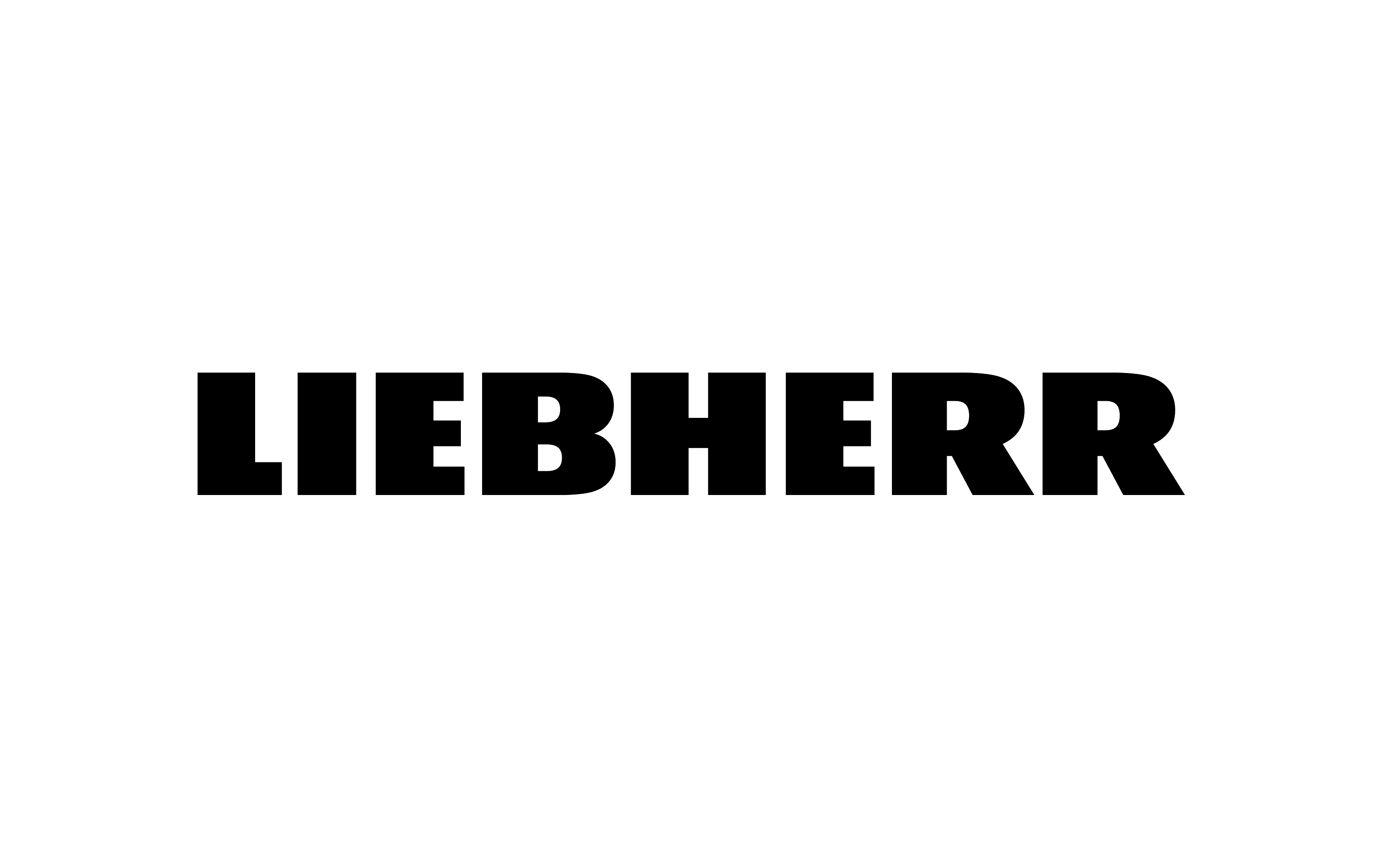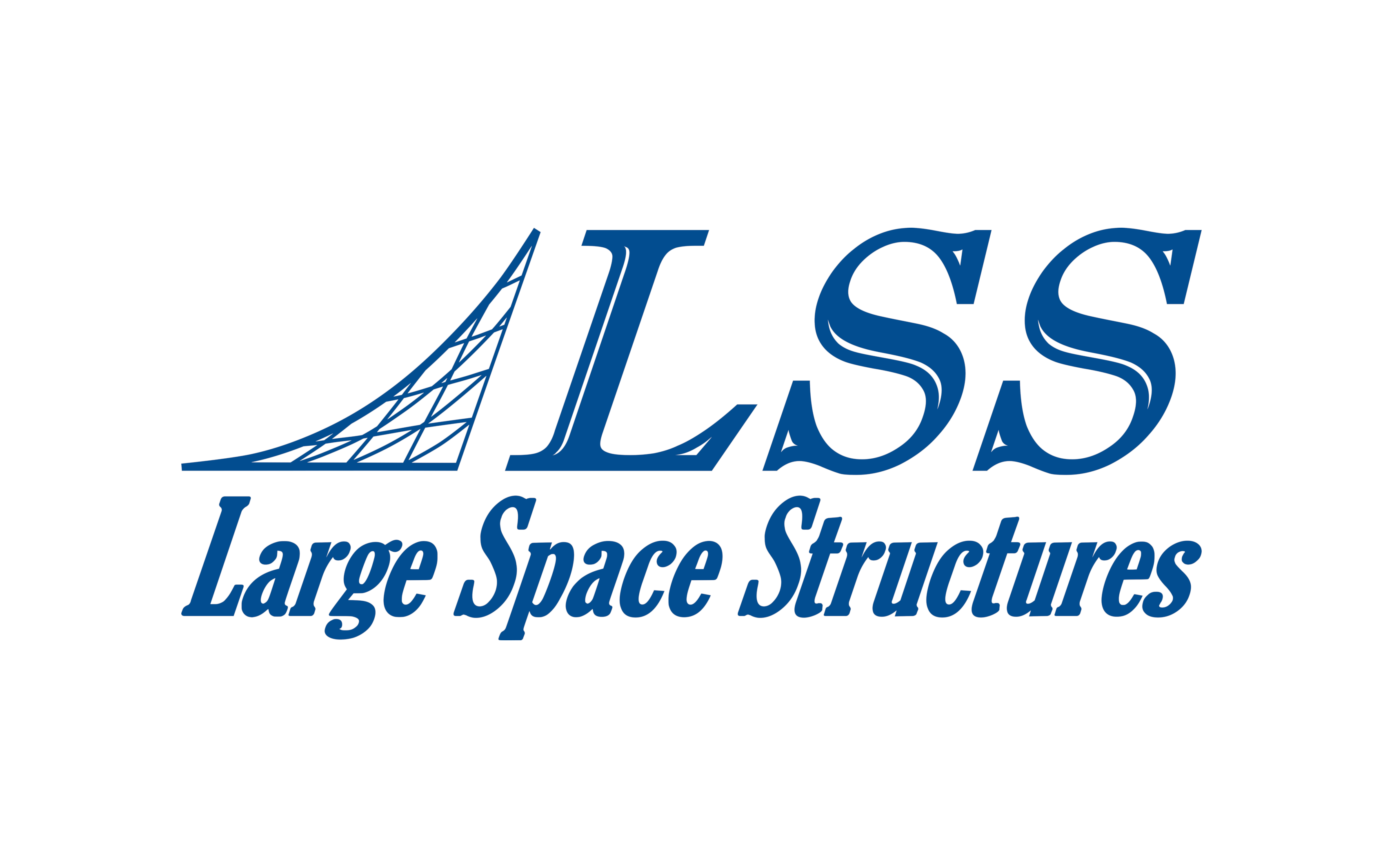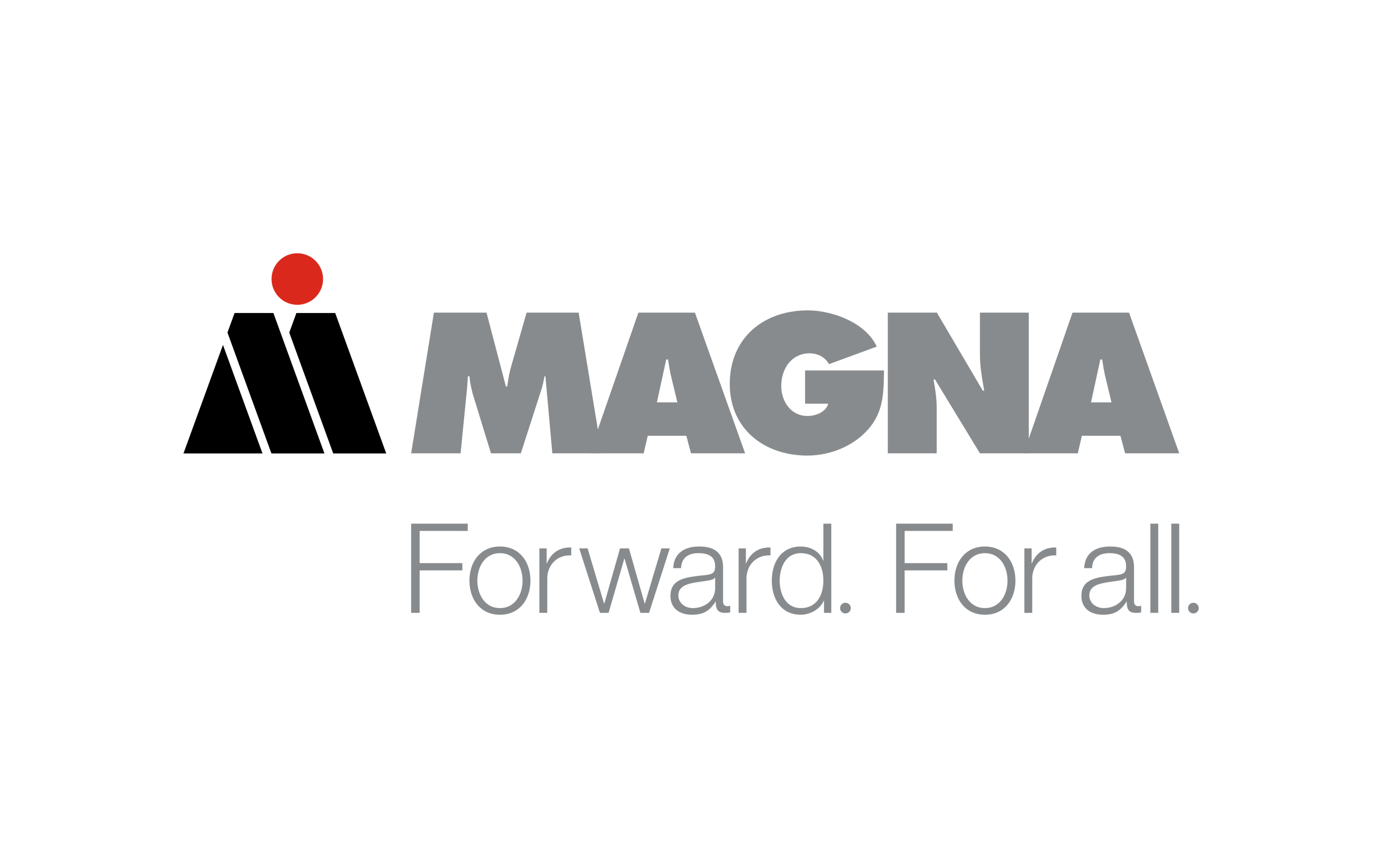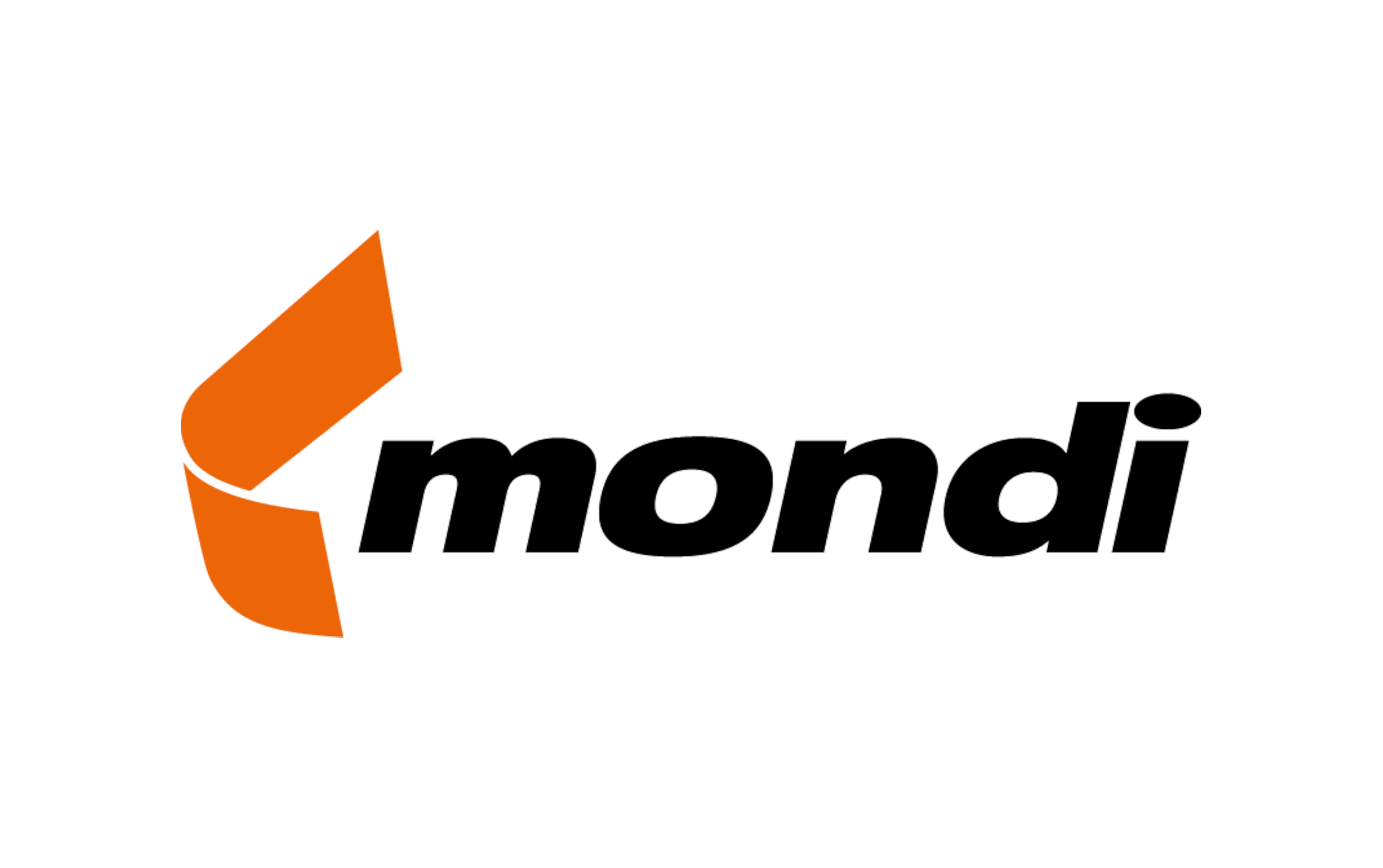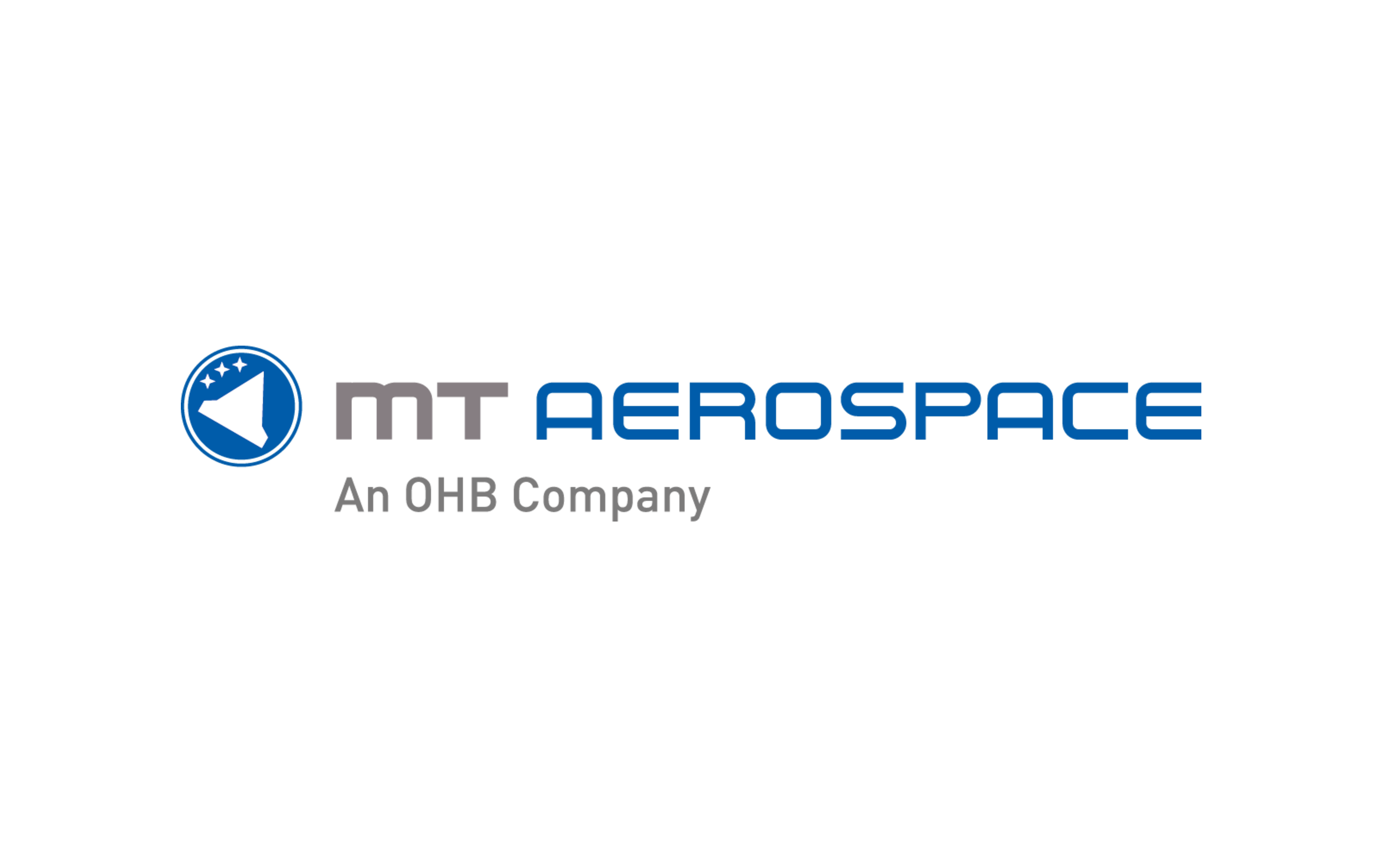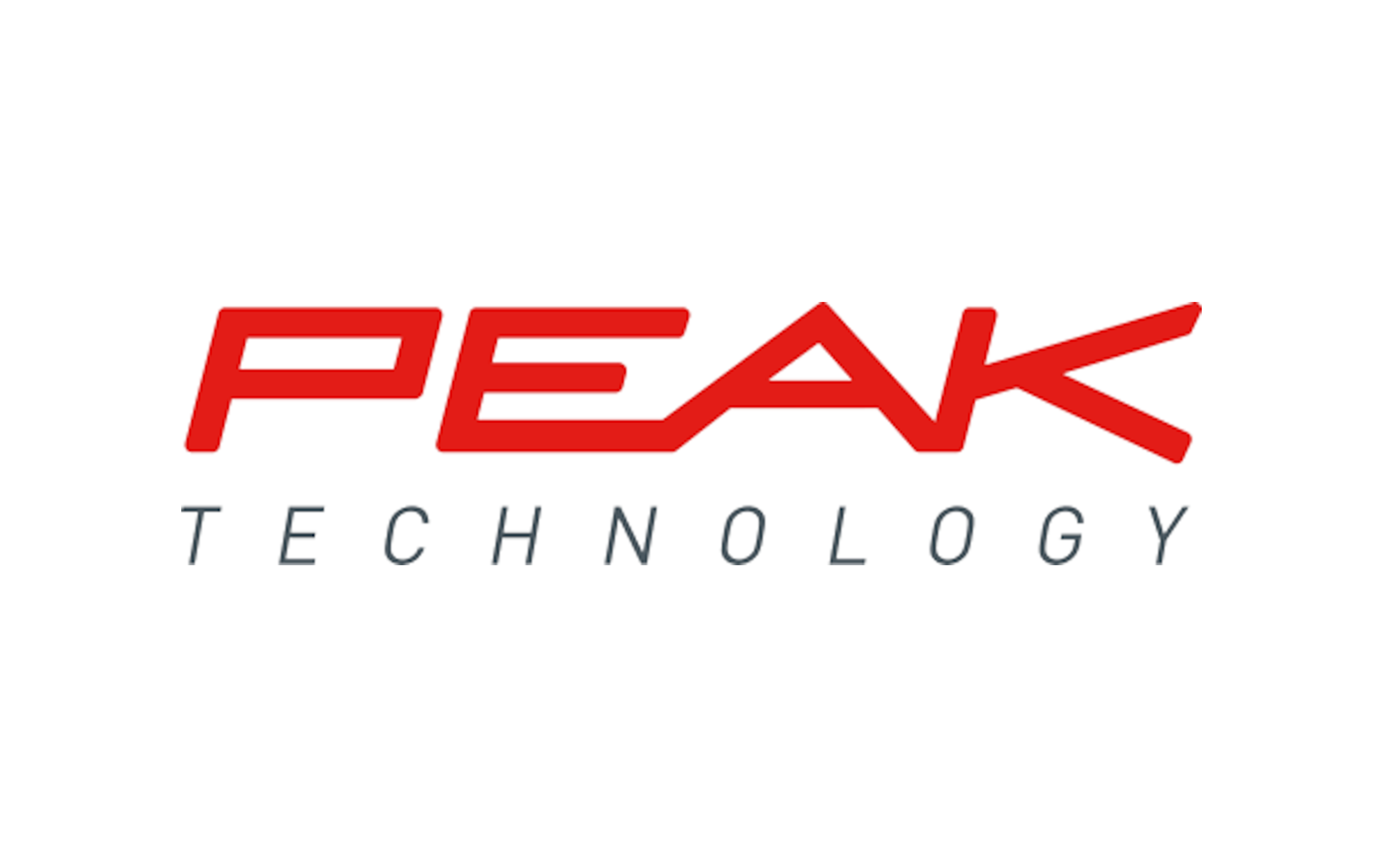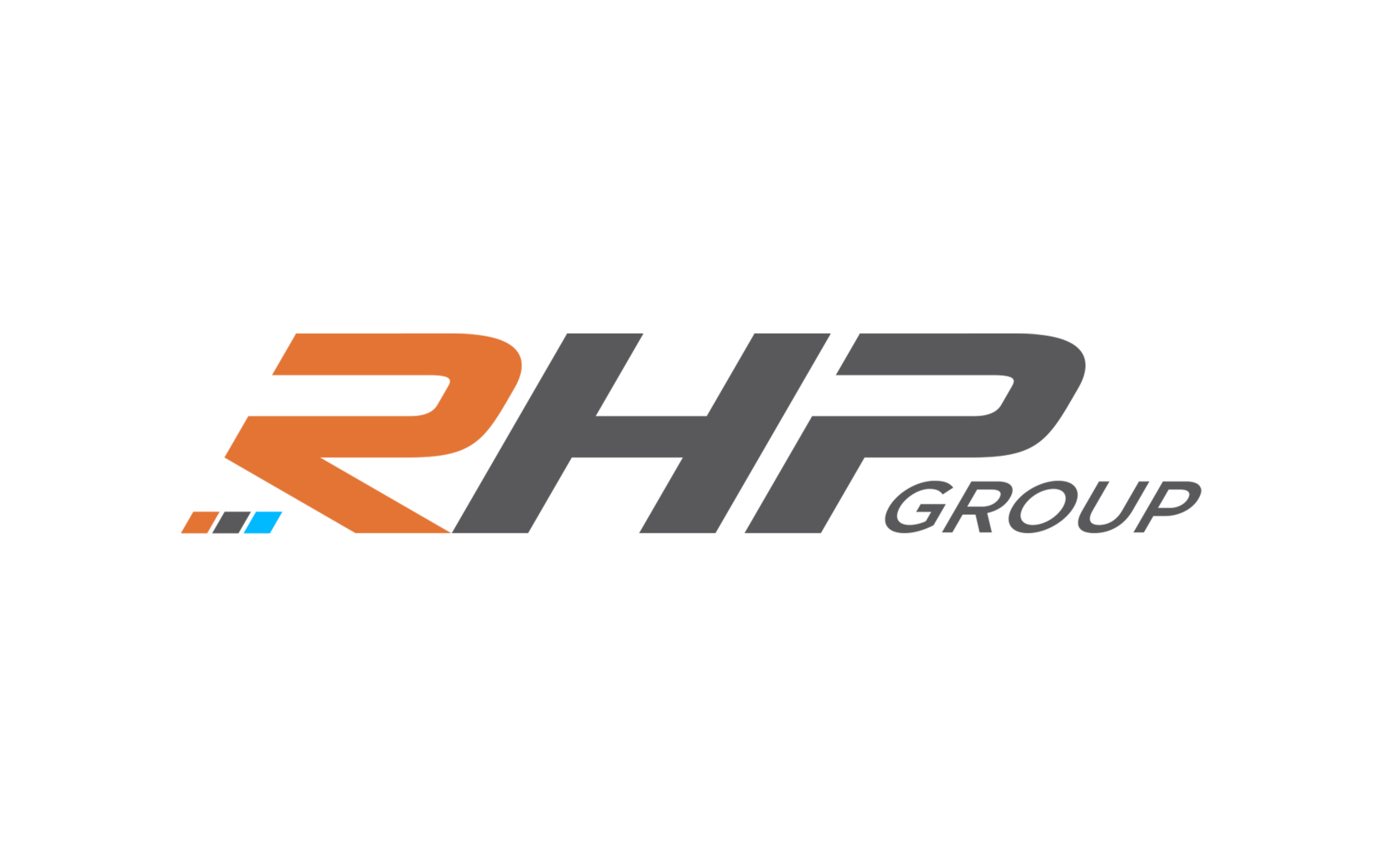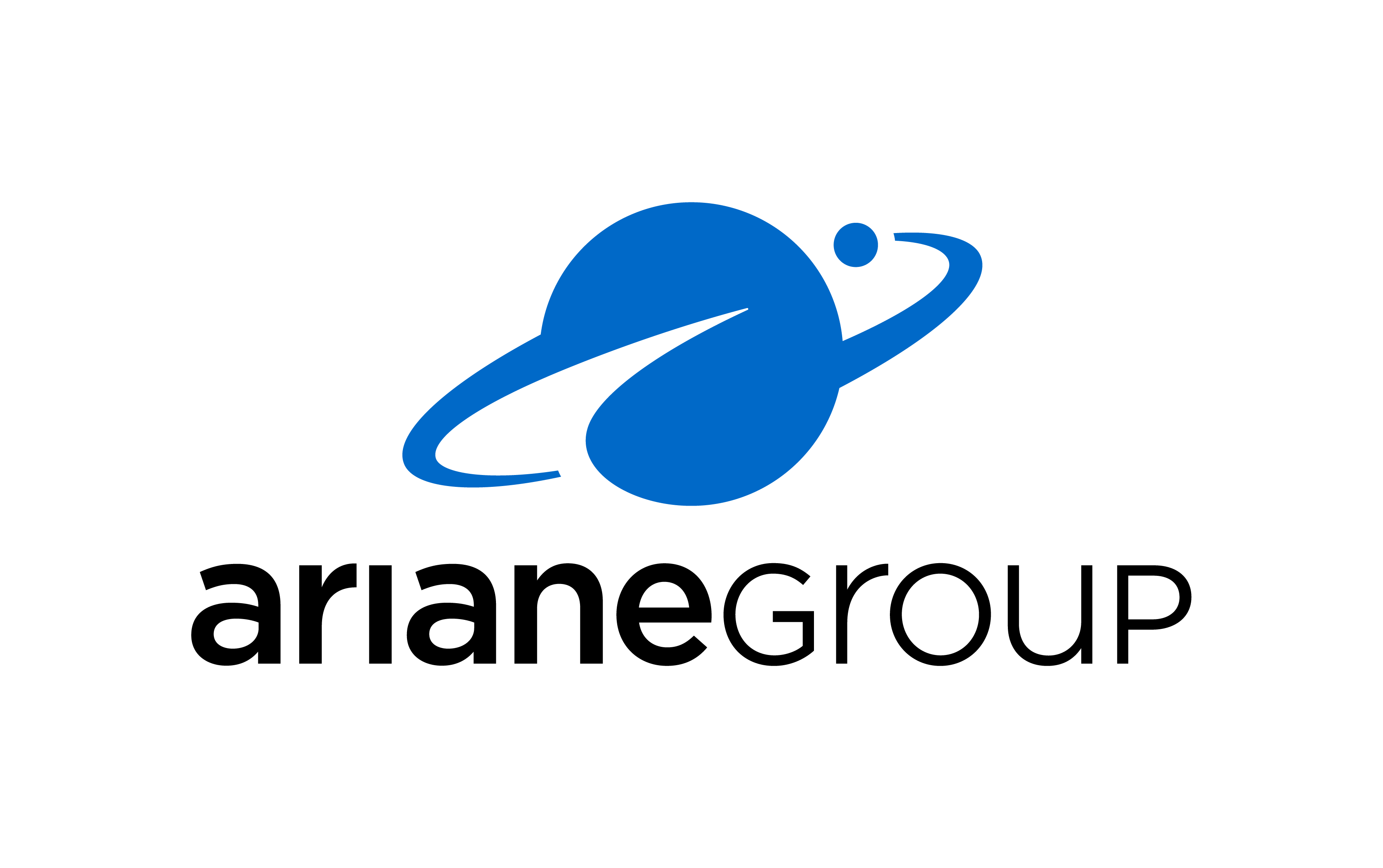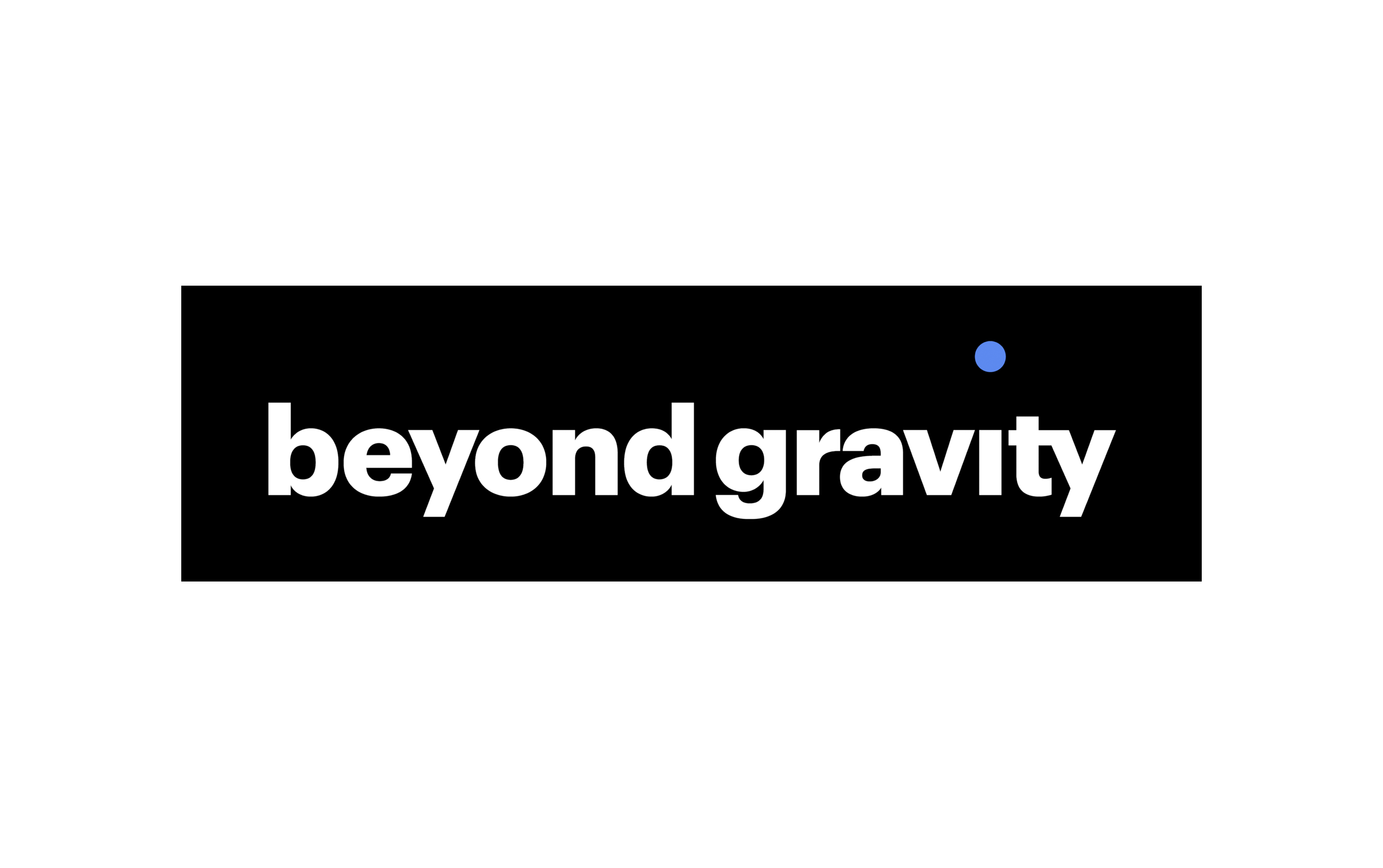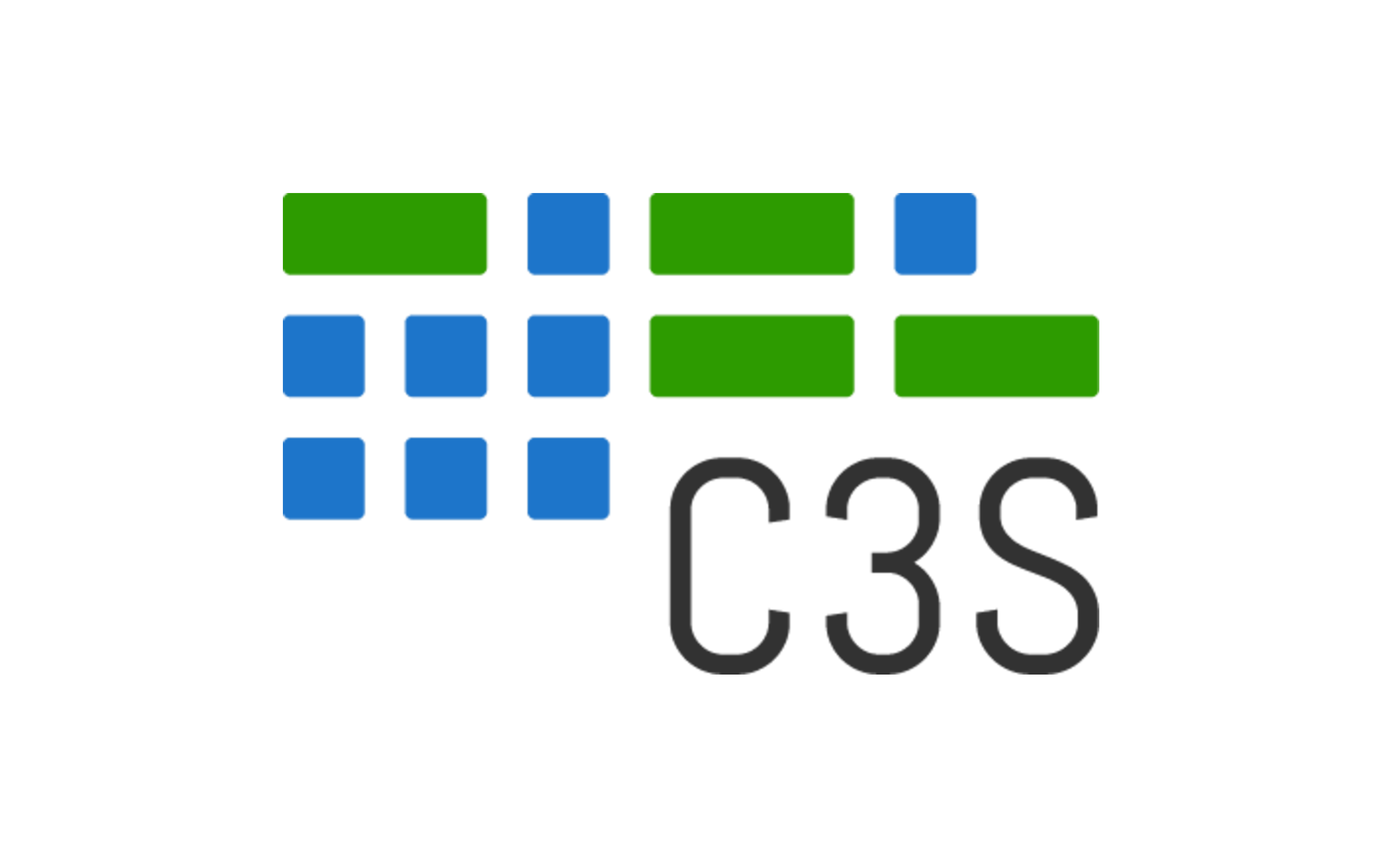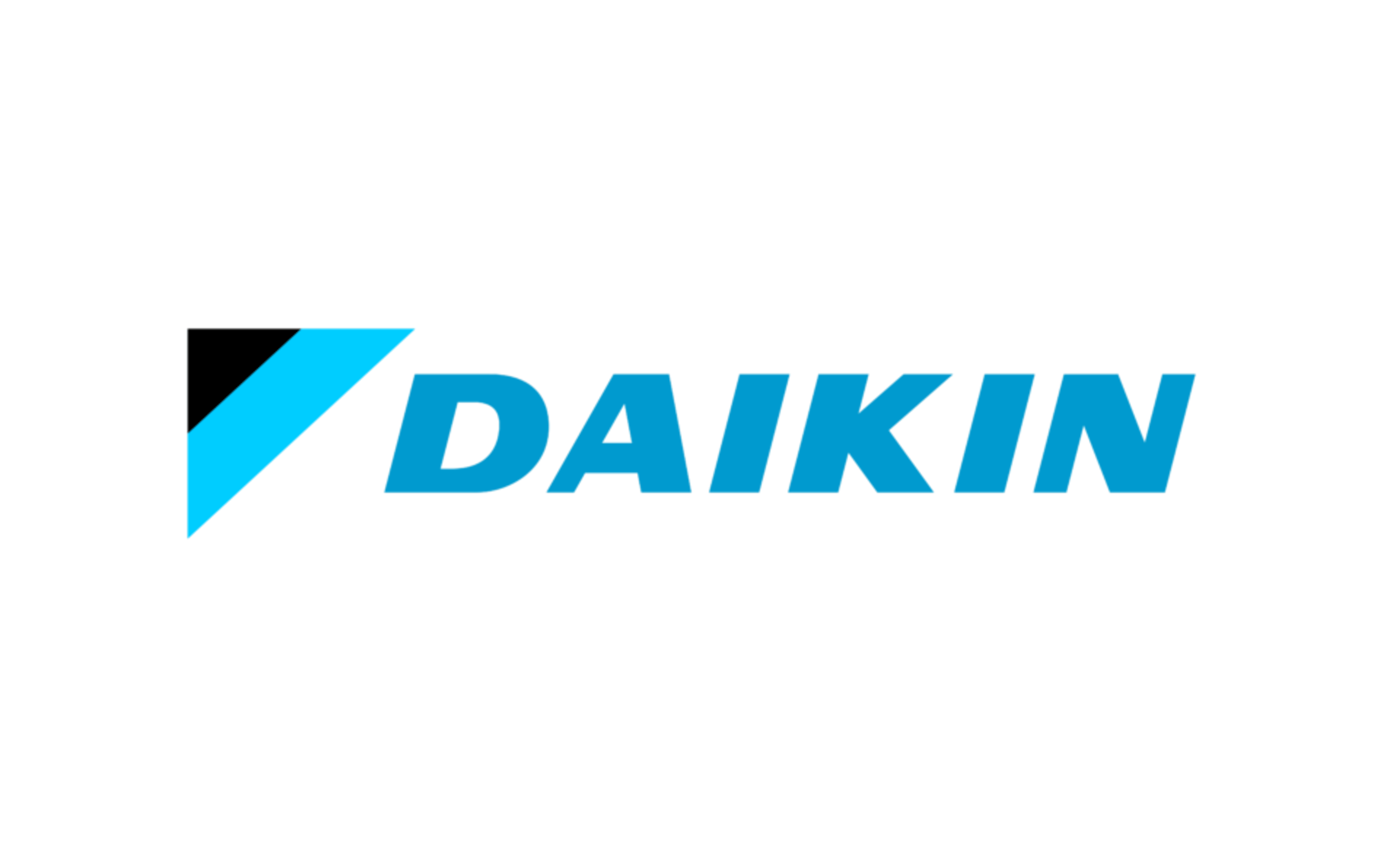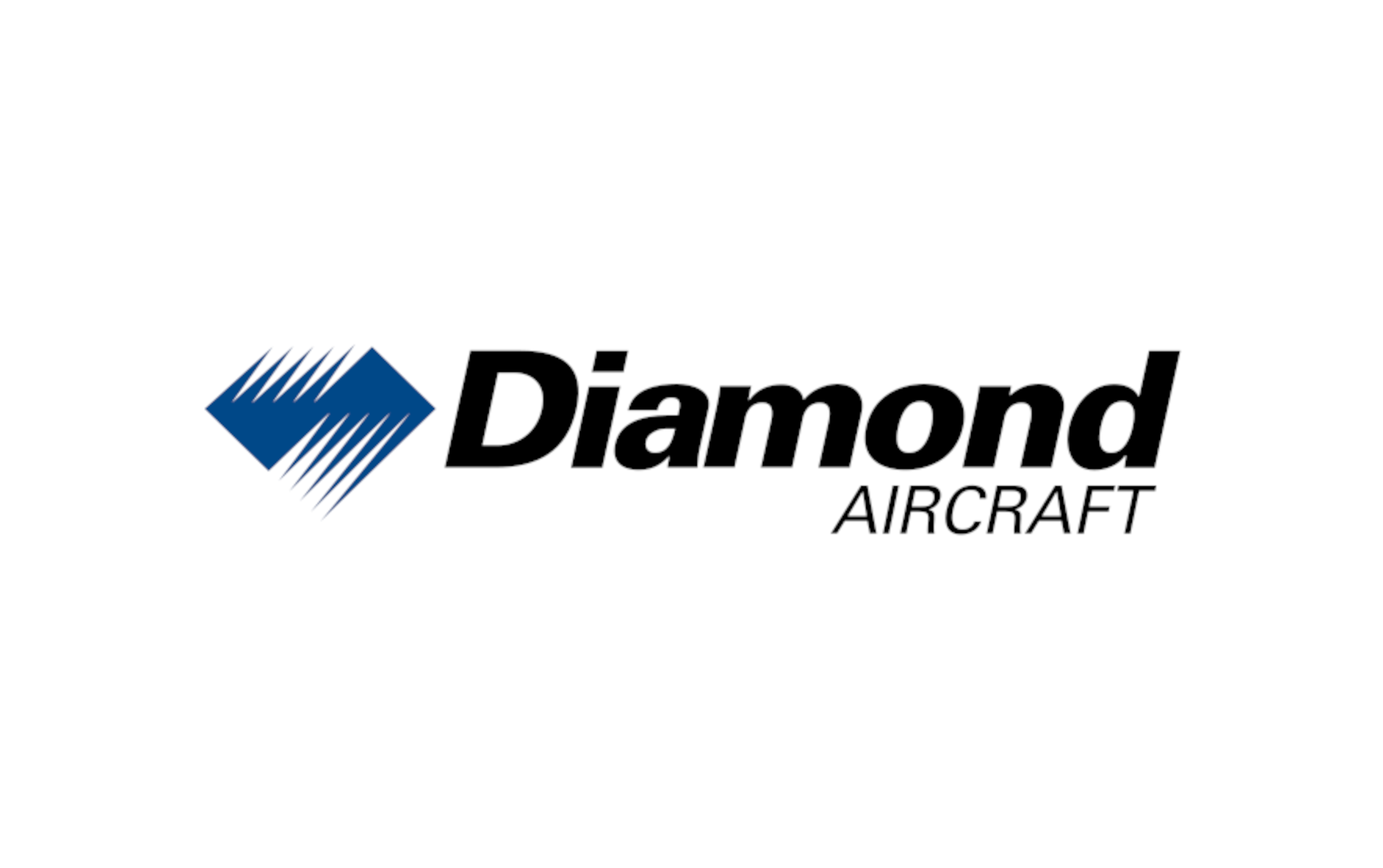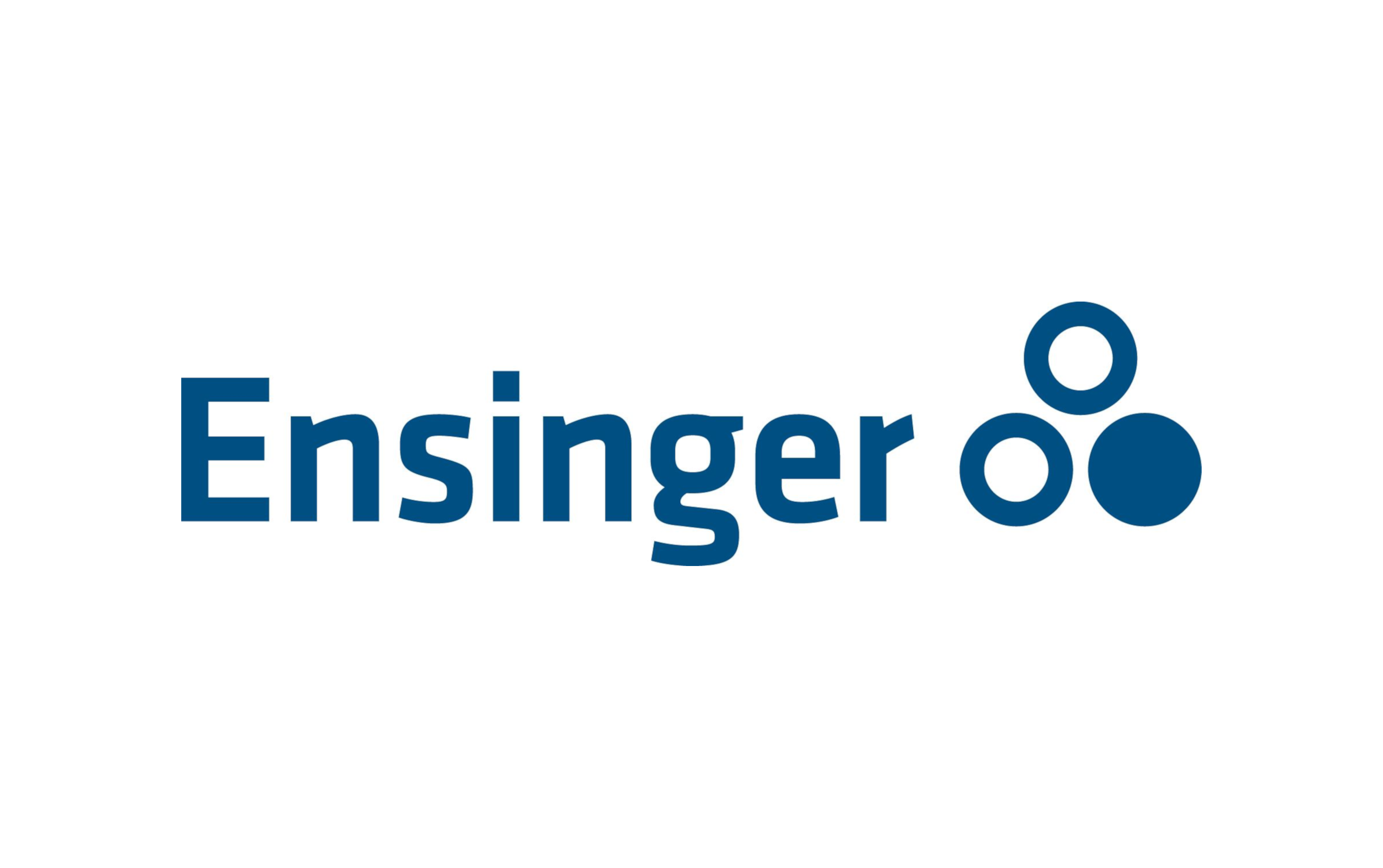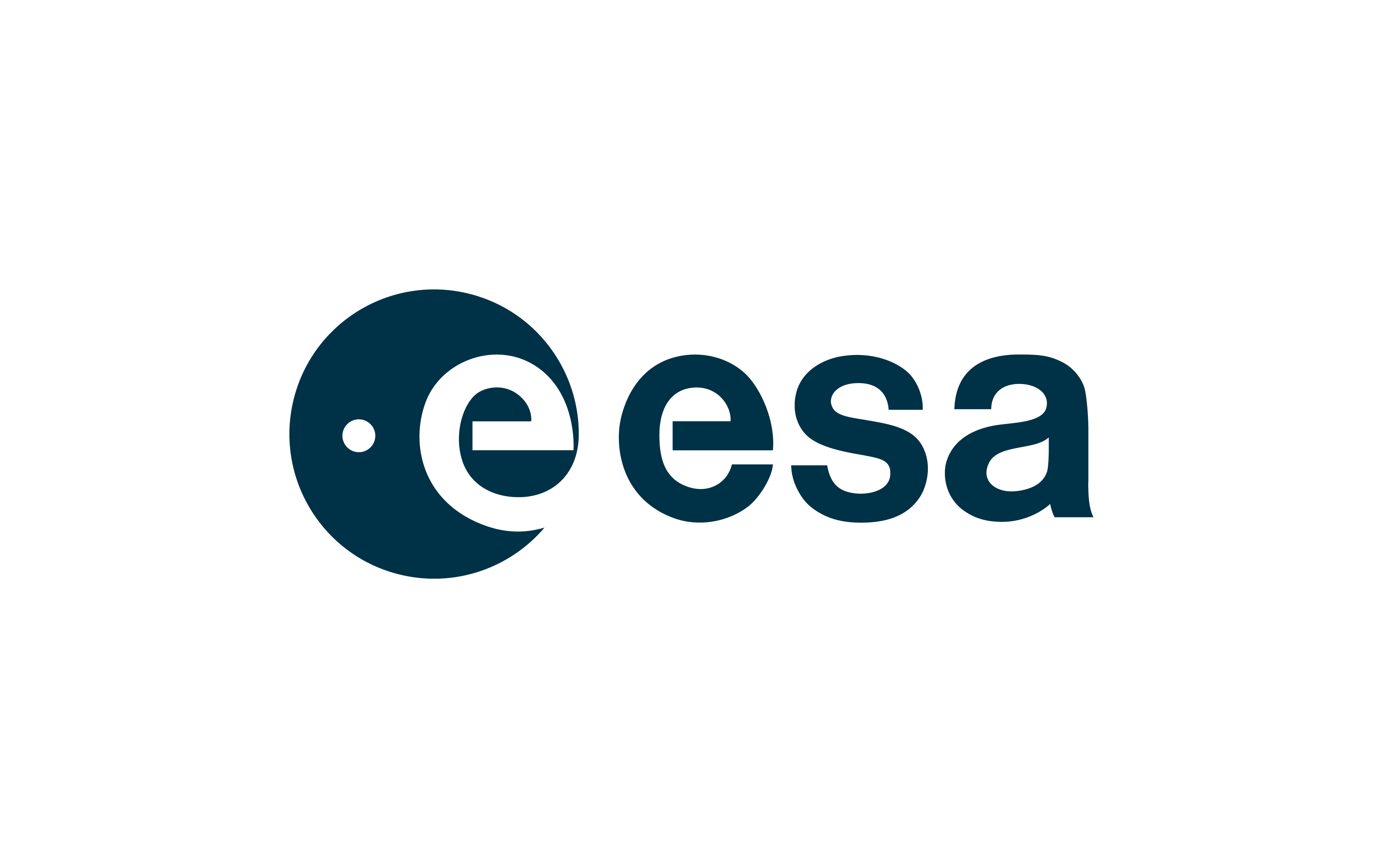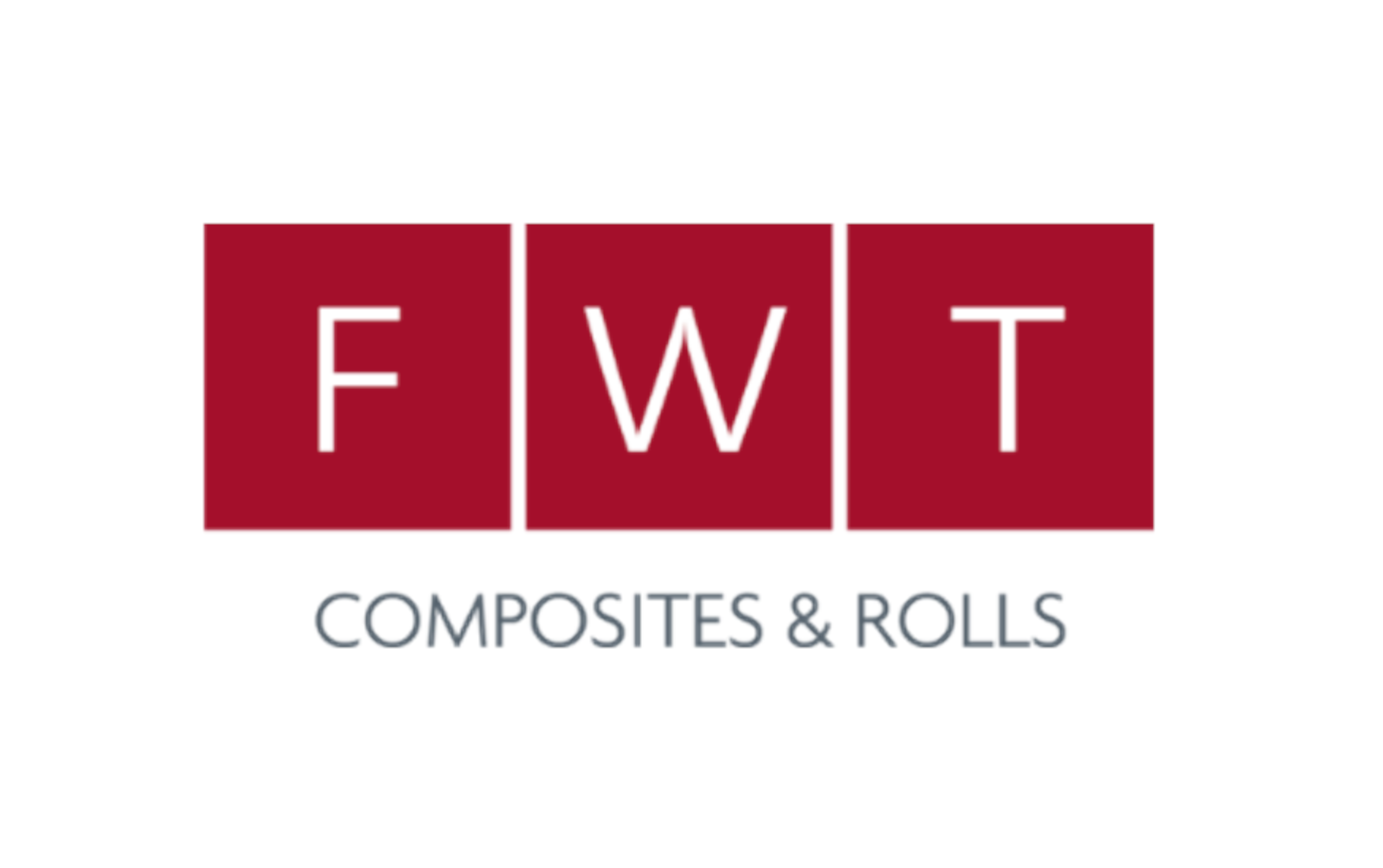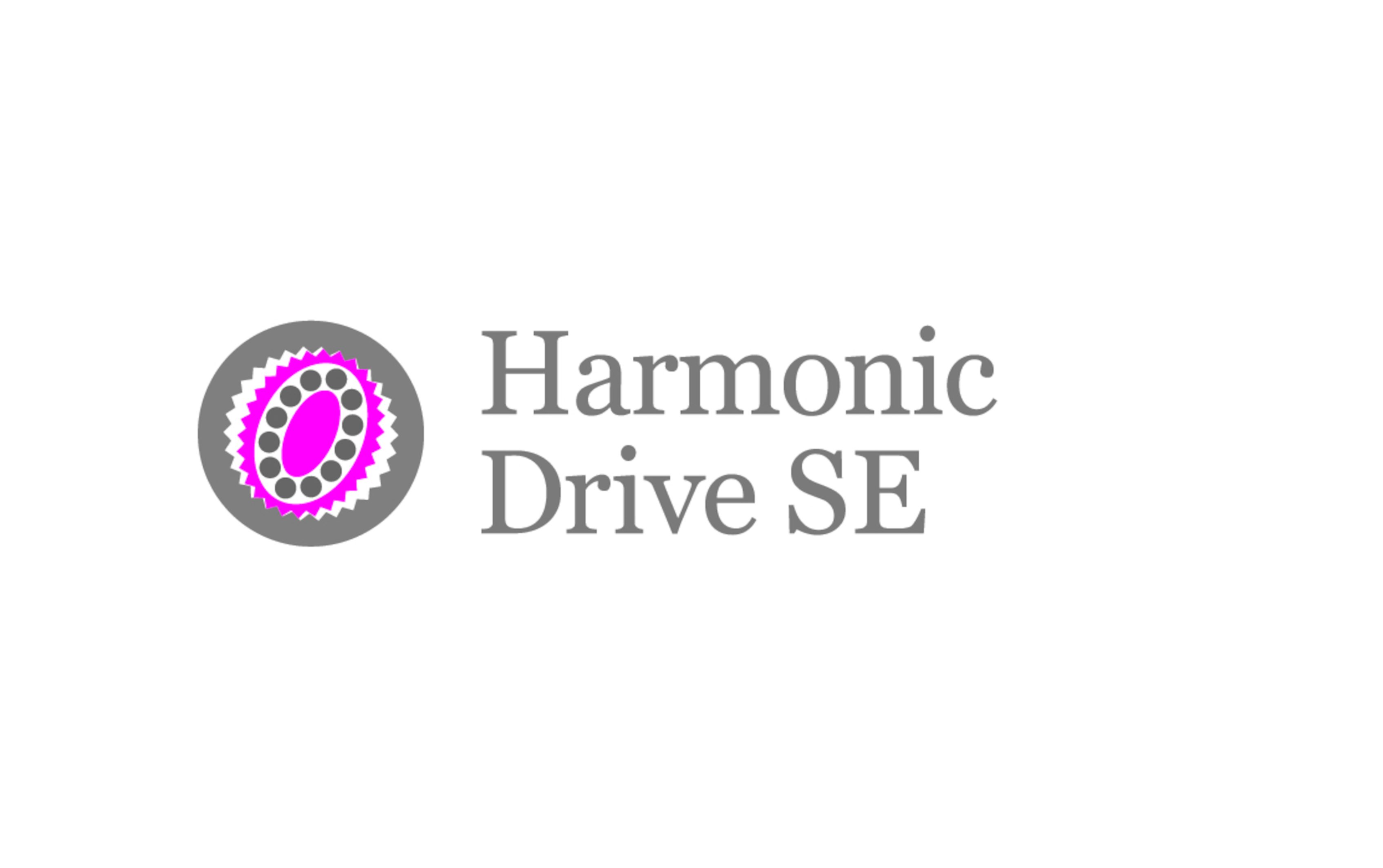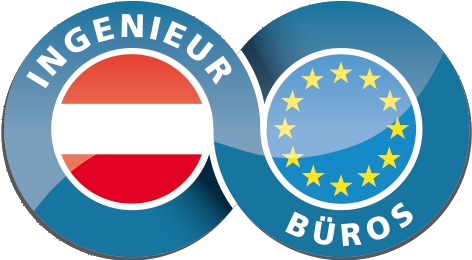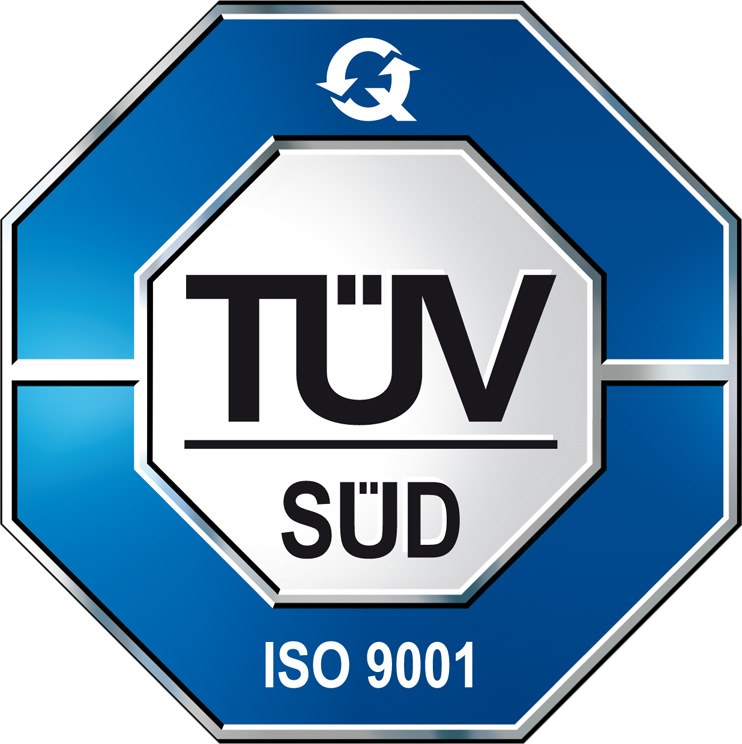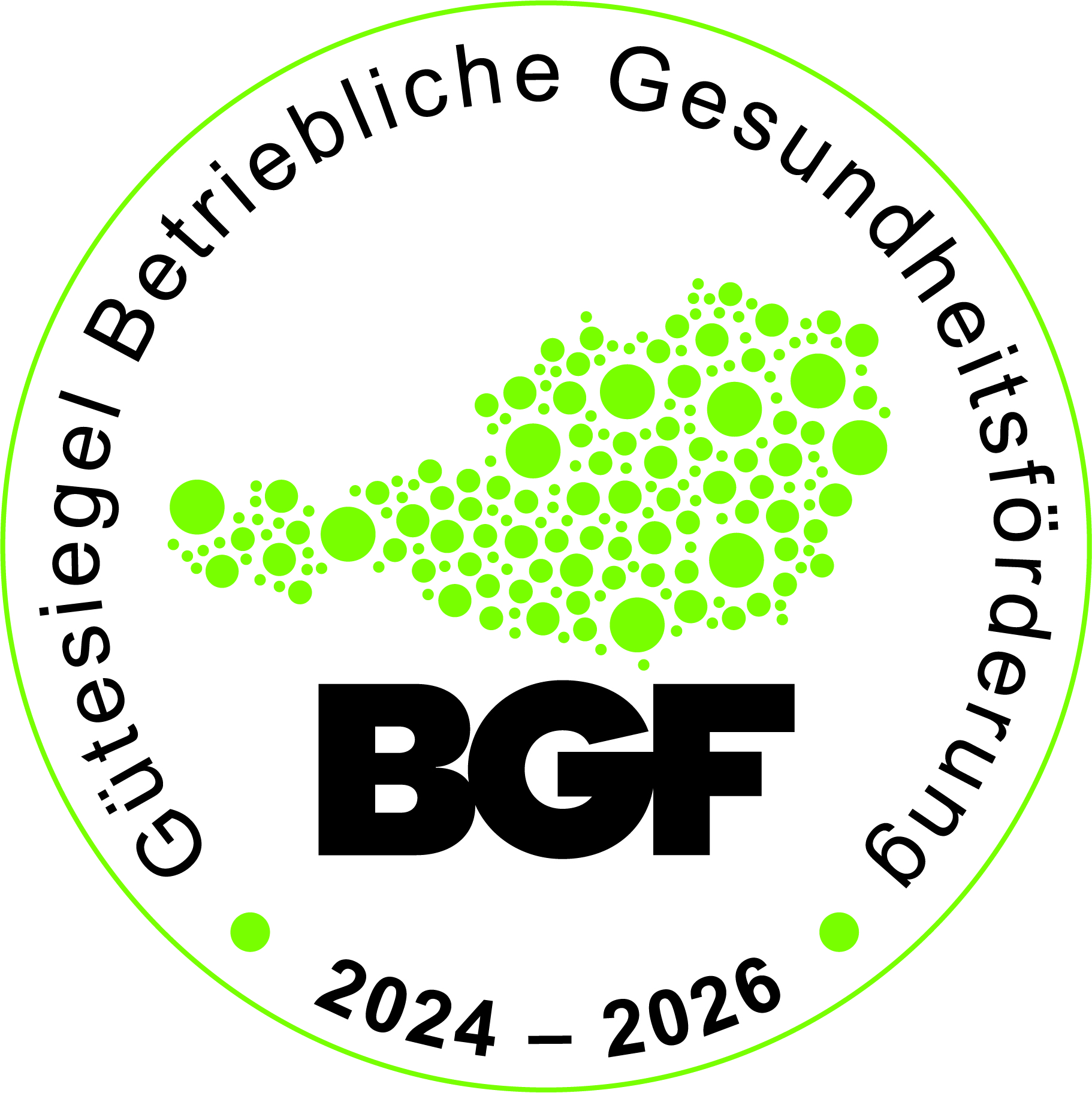CONSULTING
TESTING
DEVELOPMENT
RESEARCH
Thermal Vacuum Testing TVAC
Thermal Vacuum Cycling & Thermal Vacuum Bake-Out & Re-Entry Simulation
Thermal Vacuum Testing (TVAC) is an essential tool for any space activity. The tests are performed on any development level, i.e., ranging from sample tests for low technology readiness level (TRL) activities over components and sub-element qualification for TRL 5/6, to flight hardware qualification.
Thermal Vacuum testing at AAC consist of two main basic test cases, Thermal Vacuum Cycling according with ECSS-Q-ST-70-04C or customer specific standards and Thermal Vacuum Bake-Out in accordance with ECSS-Q-ST-70-01C, ASTM-E-2900, and customer specific procedures.
The thermal vacuum bake-out is a crucial step in preparing flight hardware for further integration steps. It reduces the amount of Molecular Organic Contamination (MOC).
Thermal vacuum cycling is important in the Materials and Processes Qualification, Functional Testing of Mechanisms and Sub-Elements, or Qualification of Mechanisms including entire cube satellites or other functional essemblies of similar dimensions.
AAC operates several thermal vacuum test facilities of different size even in clean room conditions, for providing our customers with the optimum test environment, both from technical and economic point of view. All our test facilities can be operated under inert gas or in air at various pressure levels up to ambient pressure.
AAC also maintains the WRK facility (WeltRaumKammer, German for “Space Chamber”), also known as Re-Entry Chamber, which had originally been designed for the fast and cost-efficient characterisation of Thermal Protection System components like re-usable heat shields or ablators under the conditions of an atmospheric re-entry, limiting the testing to relevant thermal and mechanical loads but without addressing the effects of plasma chemistry.
AAC has extended its service offerings to include Bakeout and Thermal Vacuum Tests (TVT) specifically tailored for CubeSat technology. This achievement represents a significant milestone for our organization, and we are excited to continue advancing our capabilities in the field of space technology.

